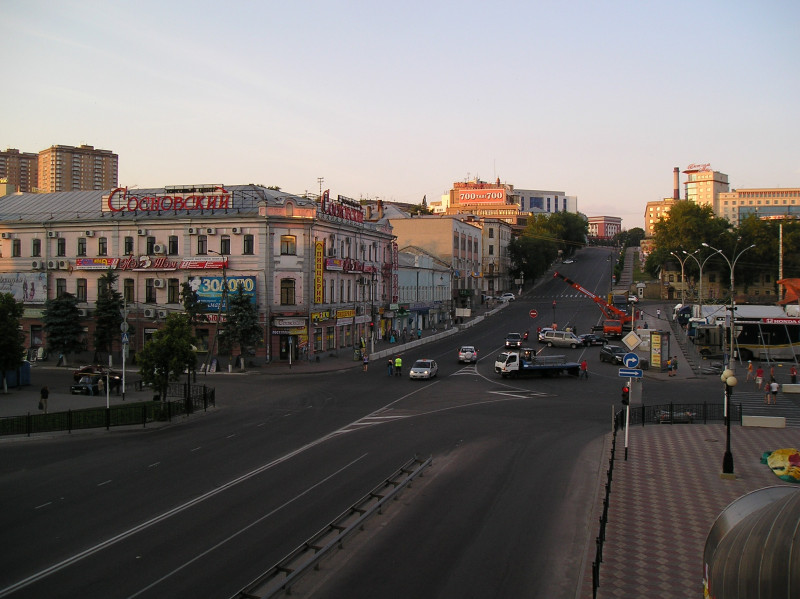Ivan IV Vasilyevich, widely recognized as Ivan the Terrible, held the title of Grand Prince of Moscow and all Russia from 1533 to 1547. In 1547, he became the first Tsar of Russia, a title he held until his death in 1584. His reign was marked by significant territorial expansion, transforming Russia into a major power. However, it was also characterized by periods of extreme brutality and internal repression, earning him the infamous moniker "Terrible."
1917: Challenge to Tsarist Absolutism
By 1917, the concept of tsarist absolutism, which Ivan the Terrible's reign and actions significantly influenced, began to face serious challenges.
1922: Robert Wipper's Biography of Ivan the Terrible
Historian Robert Wipper published a biography in 1922 that offered a reassessment of Ivan the Terrible's reign. Wipper's work portrayed Ivan as a monarch who cared for the common people and lauded his agricultural reforms.
February 1941: Boris Pasternak observes a "new cult" around Ivan the Terrible
In February 1941, poet Boris Pasternak wrote a letter to his cousin noting the emergence of a "new cult" that openly promoted Ivan the Terrible, the Oprichnina, and their brutality.
1943: Stalin's Influence on Artistic Portrayals of Ivan the Terrible
Following the Battle of Kursk in 1943, Joseph Stalin took a keen interest in artistic works about Ivan the Terrible, particularly those by Alexei Tolstoy and Sergei Eisenstein. Stalin praised Eisenstein's film but rejected Tolstoy's play, prompting a rewrite to align with the dictator's views.
1944: Alexei Tolstoy Completes Stalin-Approved Play
In 1944, Alexei Tolstoy finished revising his play about Ivan the Terrible to satisfy Stalin's expectations.
1958: Release of "The Boyar's Revolt"
Sergei Eisenstein's film "The Boyar's Revolt," a sequel to his successful "Ivan the Terrible Part 1," was finally released in 1958 after being suppressed for portraying Ivan with a conscience, which angered Stalin.
1963: Examination of Ivan the Terrible's Remains
In 1963, Soviet scientists exhumed and analyzed the remains of Ivan the Terrible and his sons. Their findings refuted prior beliefs that Ivan suffered from syphilis, poisoning, or strangulation. Instead, they discovered that he was athletically built in his youth but developed bone diseases later in life. The analysis also revealed high mercury levels, likely from ointments used to treat his ailments.
1988: Release of "Stichiron No. 1 in Honor of St. Peter" Recording
In 1988, a recording of Ivan the Terrible's liturgical hymn, "Stichiron No. 1 in Honor of St. Peter," set to music by Soviet composer Rodion Shchedrin, was released to commemorate the millennium of Christianity in Russia. This marked the first Soviet-produced CD.
2016: Unveiling of Ivan the Terrible Statue in Oryol
The first official statue of Ivan the Terrible was unveiled in Oryol, Russia, in 2016. Although officially marking the city's 450th anniversary, the event carried significant political subtext and sparked controversy. The opposition saw it as a reflection of Stalinist-era sentiments, while the Russian Orthodox Church supported the monument.
Mentioned in this timeline
Russia officially the Russian Federation is a transcontinental country spanning...

Music is a cultural universal involving the arrangement of sound...

Syphilis is a sexually transmitted infection caused by the bacterium...

Kursk is a city and the administrative center of Kursk...
Trending

16 days ago Amon-Ra St. Brown's Status Uncertain for Lions vs. Cowboys Game Due to Injury.

18 days ago Marco Rubio's Venezuela Stance: War Sales Pitch and Social Media Influence Examined
5 months ago Trump's Tariff Easing on Serbia: Aims for Trade Deal with President Vucic
1 month ago Yankees Re-Sign Ryan Yarbrough to One-Year Deal: Bolstering Left-Handed Pitching
5 months ago Senator concerned JetBlue and United partnership may negatively affect market competition.

9 months ago Ian McKellen Returns to Marvel Universe in 'Avengers: Doomsday' as Magneto.
Popular

Candace Owens is an American conservative political commentator and author...

Tucker Carlson is an American conservative political commentator known for...

XXXTentacion born Jahseh Dwayne Ricardo Onfroy was a controversial yet...

Kashyap Pramod Patel is an American lawyer who became the...

Ilhan Omar is an American politician currently serving as the...

Bill Gates an American businessman and philanthropist revolutionized personal computing...
